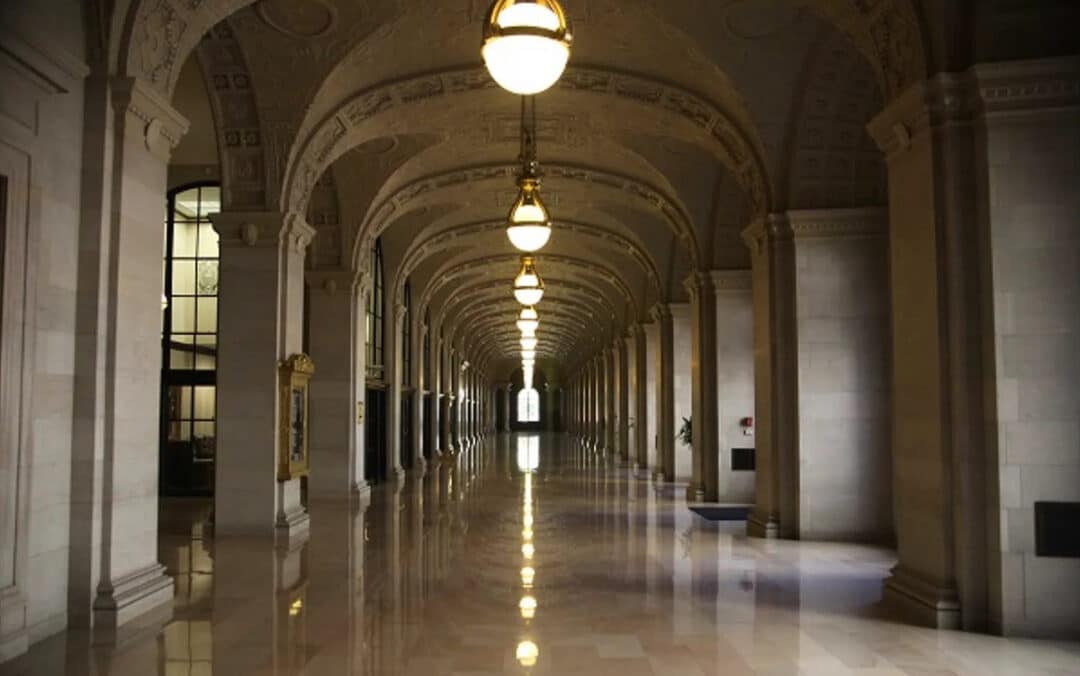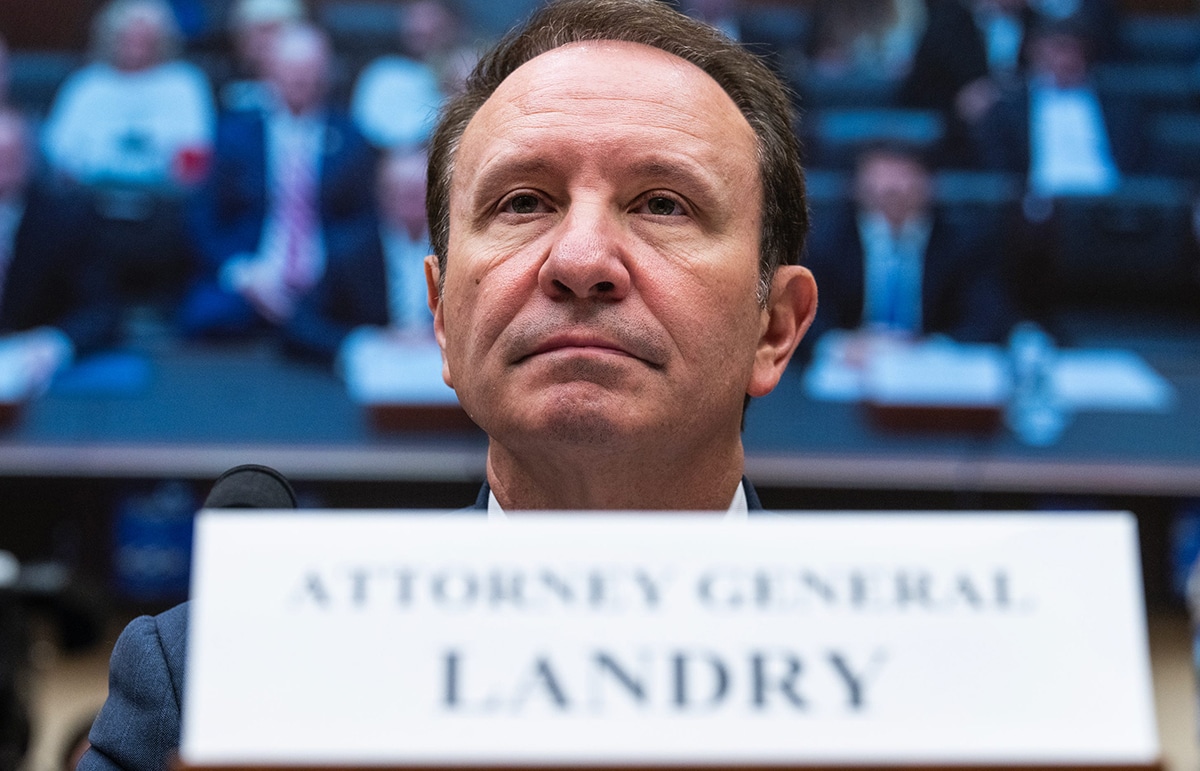

In Missouri v. Biden Internet Censorship Case, a Win and a Loss
by Matt Taibbi | Sep 10, 2023
Back on August 10, in New Orleans, the 5th Circuit Court of Appeals met to hear oral arguments in Missouri v. Biden, the landmark Internet censorship case that at the time appeared on a certain collision course with the Supreme Court. From what I saw in court, the hearing seemed to play out disastrously for the federal government, with appellate judges comparing the Biden White House to the mafia.
The issue was Judge Terry Doughty’s sweeping July 4th injunction barring social media censorship. Doughty saw an emergency, what he called “arguably… the most massive attack against free speech in United States’ history,” and took a big advance bite out of the power of government agencies and partnerships to meddle with Internet platforms. The appeals court was charged with deciding exactly how many of Doughty’s teeth to leave in the defendants’ hind parts.
On Friday, almost exactly a month later, the appellate judges handed down their decision. On the surface it’s a huge win for the plaintiffs, especially on the broad-brush question of whether or not the First Amendment is being violated on a mass scale by the executive branch. But further down in the ruling, there were disurbing passages for the same plaintiffs.
One of the money passages early on:
We find that the White House, acting in concert with the Surgeon General’s office, likely (1) coerced the platforms to make their moderation decisions by way of intimidating messages and threats of adverse consequences, and (2) significantly encouraged the platforms’ decisions by commandeering their decision-making processes, both in violation of the First Amendment.
This passage is important because it validates the core theory of the case brought by the Attorneys General of Missouri and Louisiana: that the executive branch is coercing tech platforms into censorship decisions using the implied threat of regulatory consequences.
The judges were not subtle on this point. In describing White House conduct they brought up a notorious First Amendment case, Bantam Books, Inc. v. Sullivan, in which the Rhode Island Commission to Encourage Morality sent “a letter to a book distributor with a list of verboten books and requested that they be taken off the shelves.” As in that case, judges said, Biden White House calls to firms like Facebook demanding action “ASAP” on certain accounts were “phrased virtually as orders.”
Moreover appellate judges were sufficiently concerned that they upheld the standard required to declare an injunction pending resolution of the case. Not only does that mean they believe plaintiffs are “likely to succeed on the merits,” but that they’ve “demonstrated ongoing harm from past social-media censorship and a likelihood of future censorship.”
That four federal judges have essentially assessed the evidence in the same way is an ominous sign for defendants, above whom sits a Supreme Court probably leaning in a similar direction. One such defendant is the FBI, also slapped hard, with judges saying the Bureau was guilty of the same violations as the White House, writing, “the FBI… urged the platforms to take down content” and “we find that those requests were coercive.”
This decision dances on the government’s prior argument that the Doughty ruling caused the government and its partner defendants “irreparable harm” by preventing them from “speaking on matters of public concern” and “working with social media companies on initiatives to prevent grave harm to the American people and our democratic processes.” Judges didn’t buy the idea that White House emails saying things like “keep an eye out for tweets that fall in this same… genre” and instructing a platform to “remove [an] account immediately” constituted “working with social media.” They called it coercion and saw irreparable harm traveling the other way.
For all that, there are elements of this decision that were unnerving. I warned a month ago that “one never knows how judges will rule, even when they appear to show emotion and inclination in court.” True to form, this decision had a lot that was anxiety-inducing in the fine print.
As one of a handful of people who’s read communications between tech companies and government in bulk (including many that haven’t been made public), I thought the scariest behaviors revealed so far involved, in no particular order, the FBI, the White House, the Department of Homeland Security (and its sub-unit, the Cybersecurity and Infrastructure Security Agency, or CISA), and the State Department, via the Global Engagement Center. A crucial part of the case seemed to involve the Election Integrity Partnership, set up by Stanford University in connection with CISA in 2020, rerun in 2022 and reportedly set to run again in 2024 (more on that soon).
Not only did judges rule that CISA’s content-flagging, which we saw in volume in the Twitter Files, was conduct that fell on the permitted “attempts to convince” spectrum as opposed to “attempts to coerce,” they removed EIP-type projects from the injunction. This is important because the EIP is likely to be a central vehicle for monitoring of 2024 election speech:
The fifth prohibition—which bars the officials from “collaborating, coordinating, partnering, switchboarding, and/or jointly working with the Election Integrity Partnership, the Virality Project… Stanford Internet Observatory, or any like project or group…” may implicate private, third-party actors that are not parties in this case and that may be entitled to their own First Amendment protections… This provision cannot stand at this juncture.
Judges in the end removed all but one of Doughty’s “teeth”:
We therefore VACATE prohibitions one, two, three, four, five, seven, eight, nine, and ten of the injunction.
That leaves provision six, which bars the officials from “threatening, pressuring, or coercing social-media companies in any manner to remove, delete, suppress, or reduce posted content of postings containing protected free speech.”
Even more ominously, the appellate court noted that although its “standard practice” would be to send the injunction back to Doughty and have him “tailor” provision six more narrowly, judges said “this is far from a standard case” and did it themselves. I read this (and one lawyer I spoke with this weekend agreed) as a not-so-subtle suggestion that judges after the “overbroad” July 4th injunction didn’t trust Doughty to clean up his own mess.
After the last hearing, it appeared that almost no matter how this appeals court ruled, this litigation was likely headed for the Supreme Court soon. Now, it’s unclear. It’s a fascinating legal case, with both sides suddenly faced with what seem like complex strategic questions. More soon.




